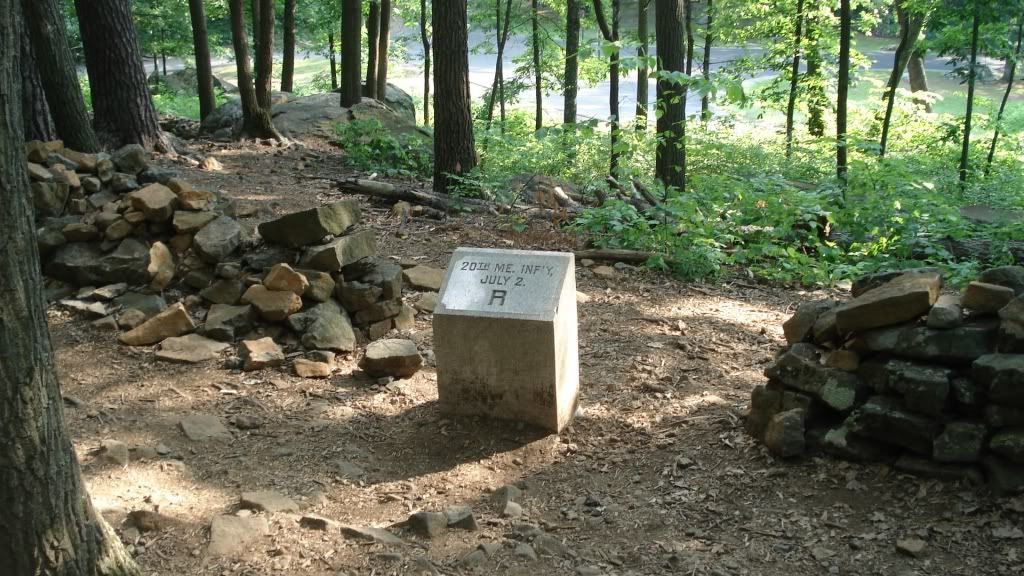Rob
Four Star General
- Joined
- May 18, 2005
- Messages
- 26,622
Right, so Dan has posted some truly wonderful pics of LRT in the Gettysburg thread , they are of huge help but I just need to nail this point.
One pic shows the position of the 20th Maine with a fairly heavily wooded area to their front. Another shows the rocky slope up to the top. So my question is, did the Rebs advance up this Rocky part of the slope AND THEN through theses trees to get at the 20th Maine? If so were they under fire all the way and from whom? OR were there Union troops at the top of the Rocky slope and not all in the trees??
Sorry this question is convoluted but I need to get the terrain/troop sequence right if I'm ever going to produce a dio of it.
Thanks for any help and thanks again Dan for your terrific pics.
Rob
One pic shows the position of the 20th Maine with a fairly heavily wooded area to their front. Another shows the rocky slope up to the top. So my question is, did the Rebs advance up this Rocky part of the slope AND THEN through theses trees to get at the 20th Maine? If so were they under fire all the way and from whom? OR were there Union troops at the top of the Rocky slope and not all in the trees??
Sorry this question is convoluted but I need to get the terrain/troop sequence right if I'm ever going to produce a dio of it.
Thanks for any help and thanks again Dan for your terrific pics.
Rob




